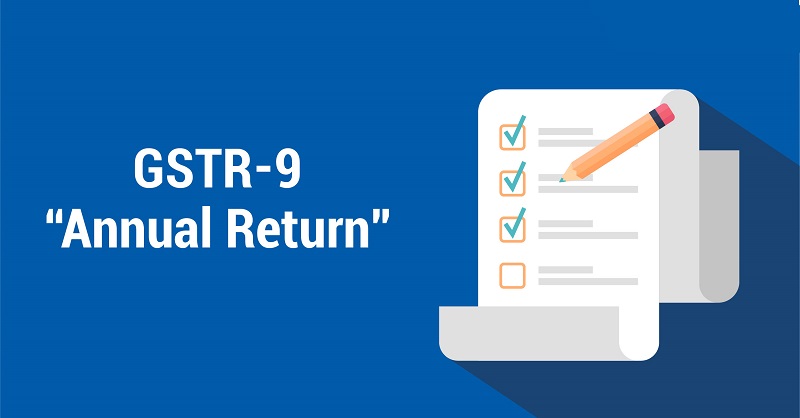Due Dates Extended! For MCA, GST & Income Tax
As we move into October 2025, the compliance season is in full swing — with multiple due dates for MCA filings, GST returns, TDS statements, and Tax Audits, all overlapping with the Diwali festive season. At the same time, several representations and court orders have led to extensions or expected relaxations for various filings. Let’s go through all updates and due dates one by one
 MCA — Extension for Annual Filings & DIR-3 KYC
MCA — Extension for Annual Filings & DIR-3 KYC
- The Ministry of Corporate Affairs (MCA) has extended the due date for filing e-Form DIR-3 KYC and web form DIR-3 KYC-WEB without additional fees up to 31st October 2025
 Practical Tip:
Practical Tip:


 Income Tax — Extension Expected for Audit & ITR Filing
Income Tax — Extension Expected for Audit & ITR Filing
- Several High Courts have directed the CBDT to extend the due dates for ITR filing for audit cases.
Though official CBDT notification is awaited, these extensions are expected considering the heavy compliance load and technical portal issues.
 Practical Tip:
Practical Tip:


 GST — Possible Extension for GSTR-3B (September 2025 Period)
GST — Possible Extension for GSTR-3B (September 2025 Period)
- Professional bodies such as BCAS and ICAI have requested an extension of GSTR-3B filing for the September 2025 period, due to Diwali holidays and the rollout of new GST changes (IMS & refund automation).
- The government is reportedly considering extending the due date from 20th October 2025 to 25th October 2025.
- Though not yet officially notified, such extensions around the festive period are quite possible.
 Practical Tip:
Practical Tip:
 File GSTR-1 (Monthly) by 11th October 2025 and Quarterly by 13th October 2025.
File GSTR-1 (Monthly) by 11th October 2025 and Quarterly by 13th October 2025.
 Plan GSTR-3B filings early to avoid Diwali-week portal rush.
Plan GSTR-3B filings early to avoid Diwali-week portal rush.
 TDS, TCS & Other Key Compliance Due Dates (October 2025)
TDS, TCS & Other Key Compliance Due Dates (October 2025)
 Due Date Due Date |
 Compliance Compliance |
|---|---|
| 7th October 2025 | Deposit of TDS/TCS deducted for September 2025 |
| 31st October 2025 | DIR-3 KYC & Web KYC (MCA) — Extended date |
| 15th October 2025 | TCS Return filing |
| 31st October 2025 | Filing of TDS Return for Q2 (Form 24Q/26Q/27Q) |
| 31st October 2025 | Filing of Tax Audit Report |
| 20th October 2025 | GSTR-3B for September 2025 period |



